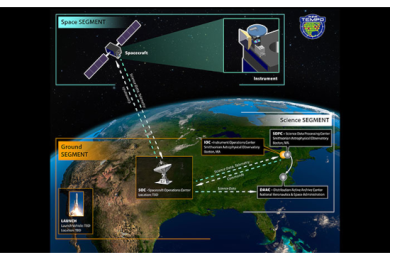On April 7, 2023, the National Aeronautics and Space Administration (NASA) launched "the Tropospheric Emissions: Monitoring of Pollution" (TEMPO) instrument, from Cape Canaveral Space Force Station, atop a SpaceX Falcon 9 rocket. This high-resolution air quality control instrument will provide unprecedented resolution -down to 10.36 square kilometers- for monitoring major air pollutants, including ozone, nitrogen oxide, sulfur dioxide and formaldehyde, over the continental United States, Canada, Mexico, Cuba, the Bahamas, and part of Hispaniola island.
The data provided by TEMPO will be crucial in the scientific analysis of pollution, including the movement of pollution from volcanoes and forest fires, the impact of fertilisers, the effects of lighting on ozone, and studies of rush hour pollution and the potential for improved air quality alerts, among others.
"The TEMPO mission is about more than just studying pollution — it's about improving life on Earth for all. By monitoring the effects of everything from rush-hour traffic to pollution from forest fires and volcanoes, NASA data will help improve air quality across North America and protect our planet," said NASA Administrator Bill Nelson.
To read more on TEMPO's project, click here.
Main article's image: Illustration of data flow for TEMPO operations © NASA

